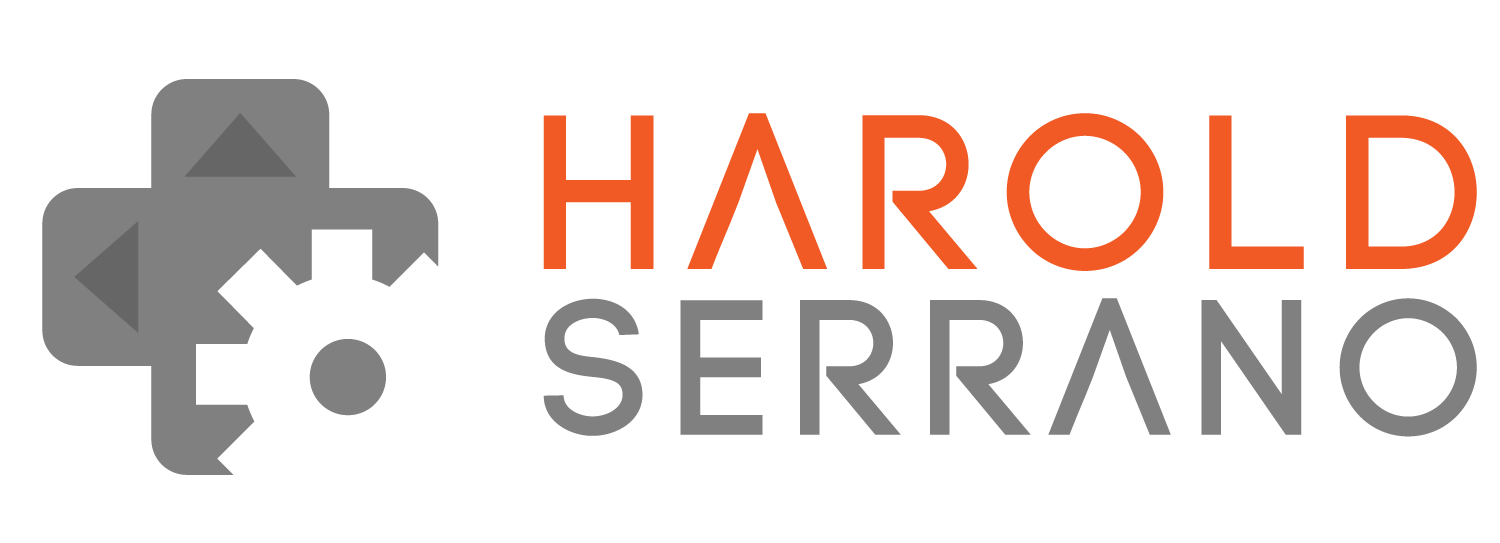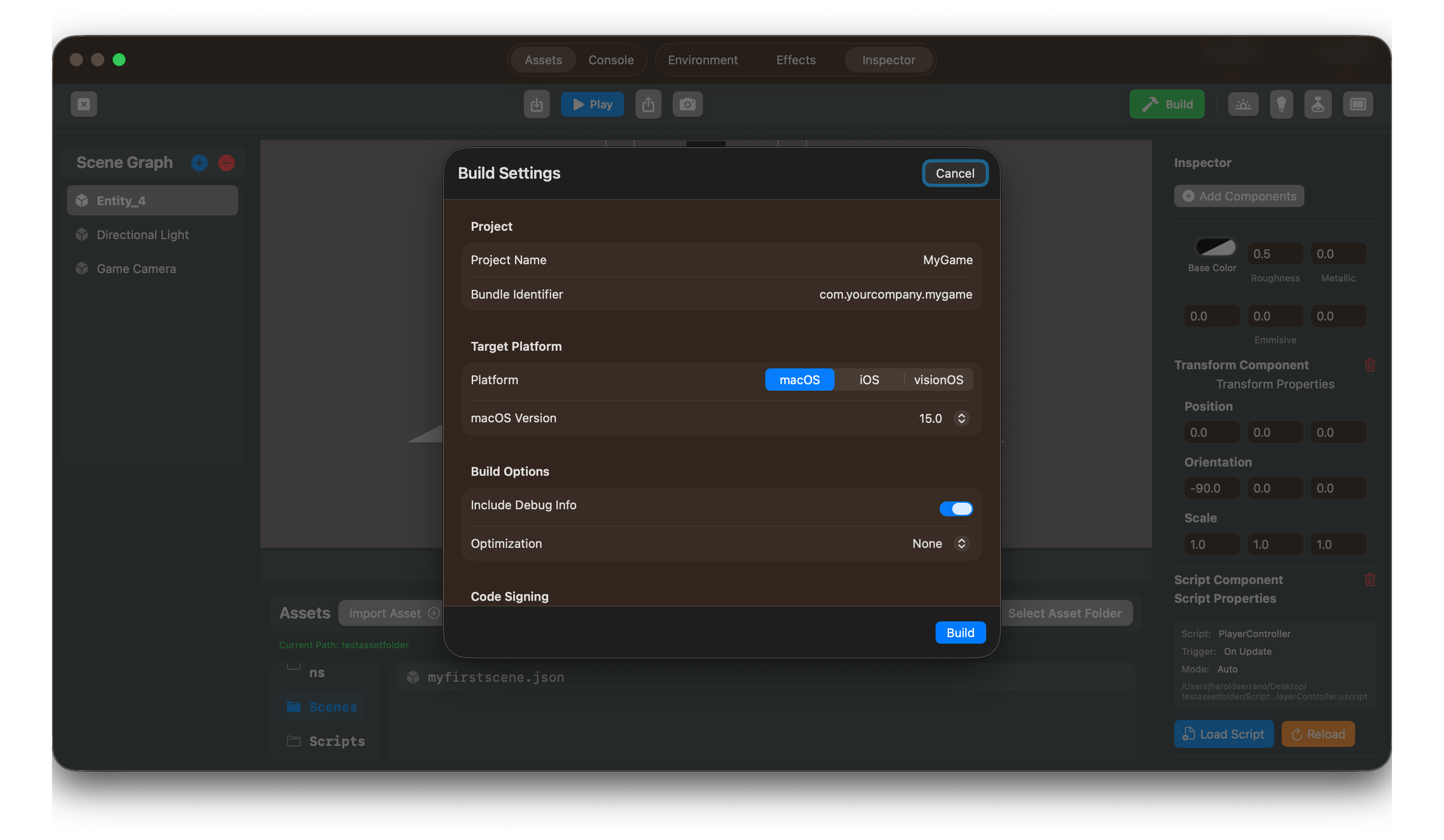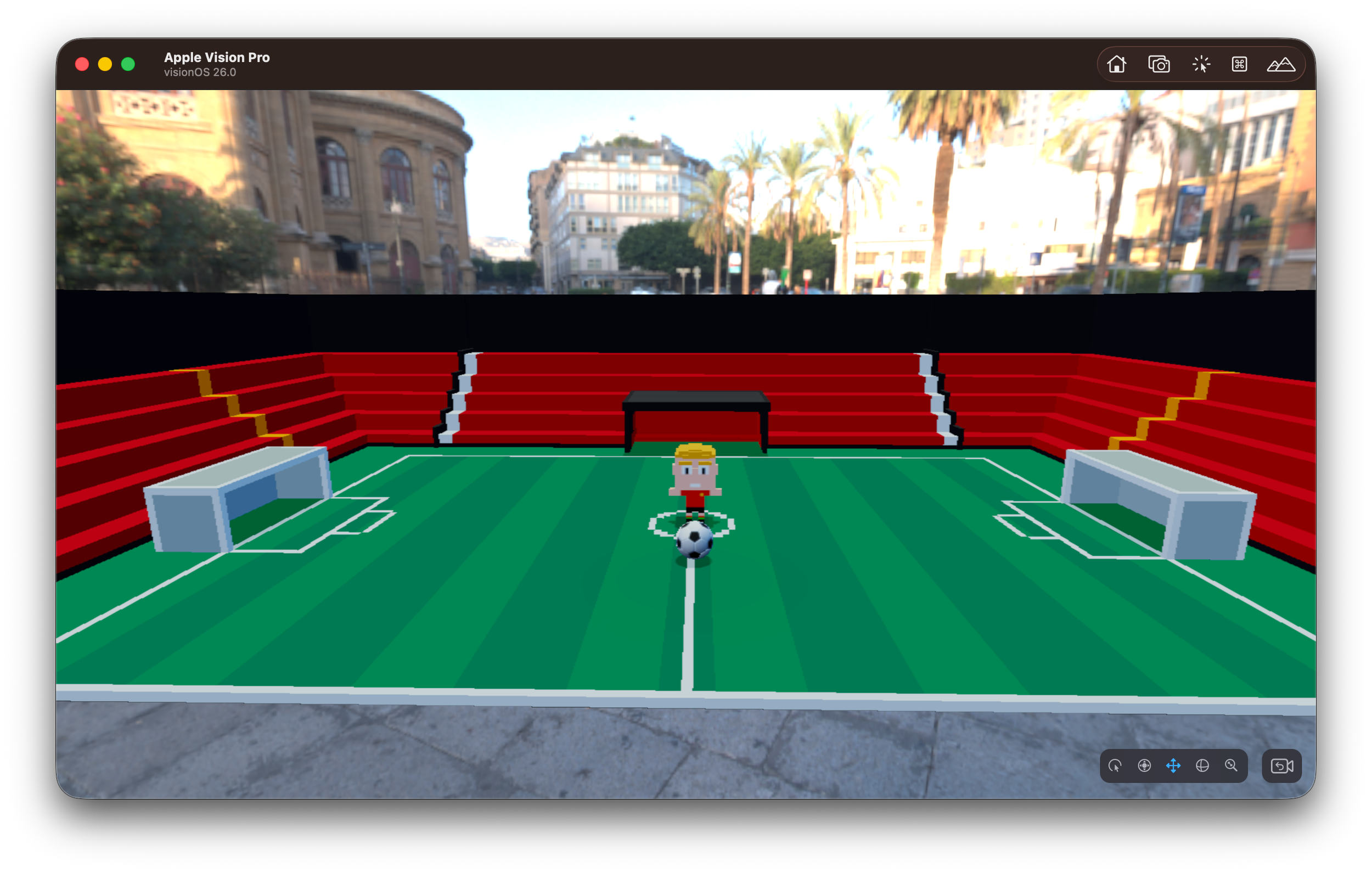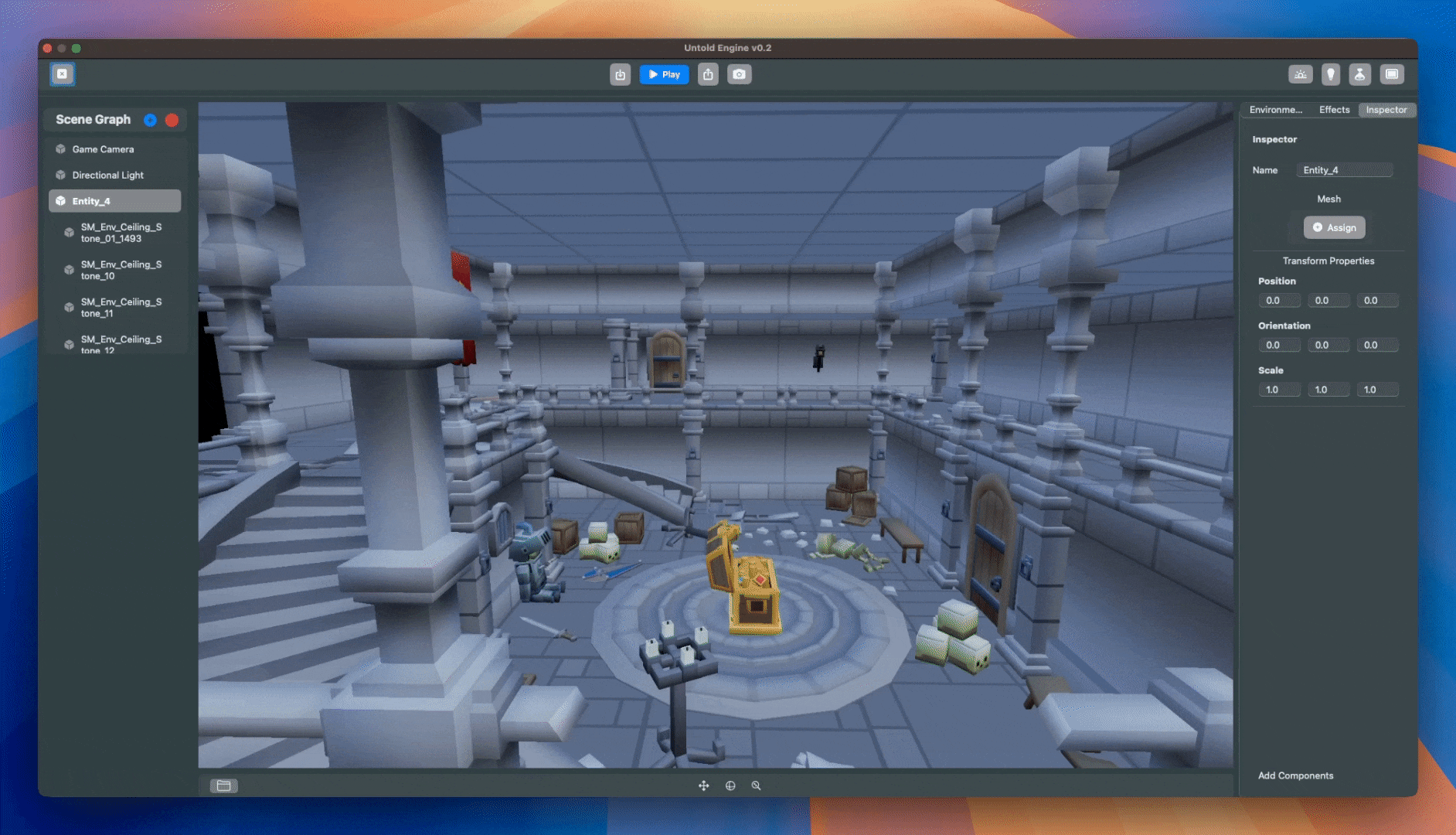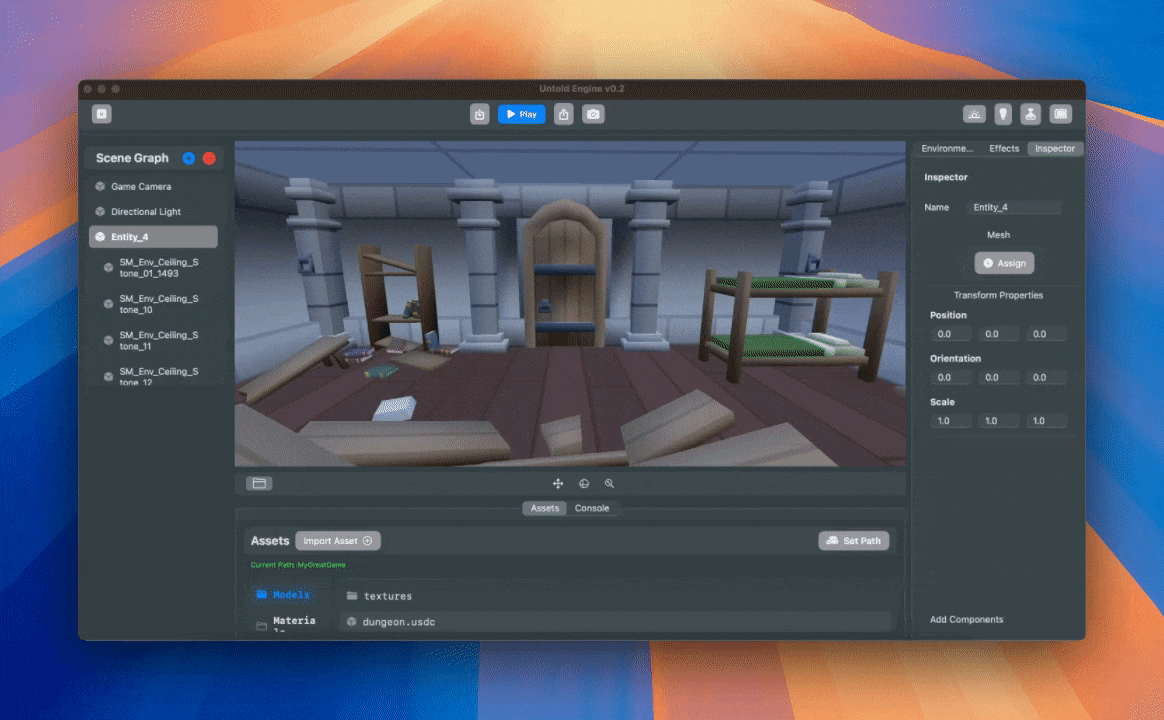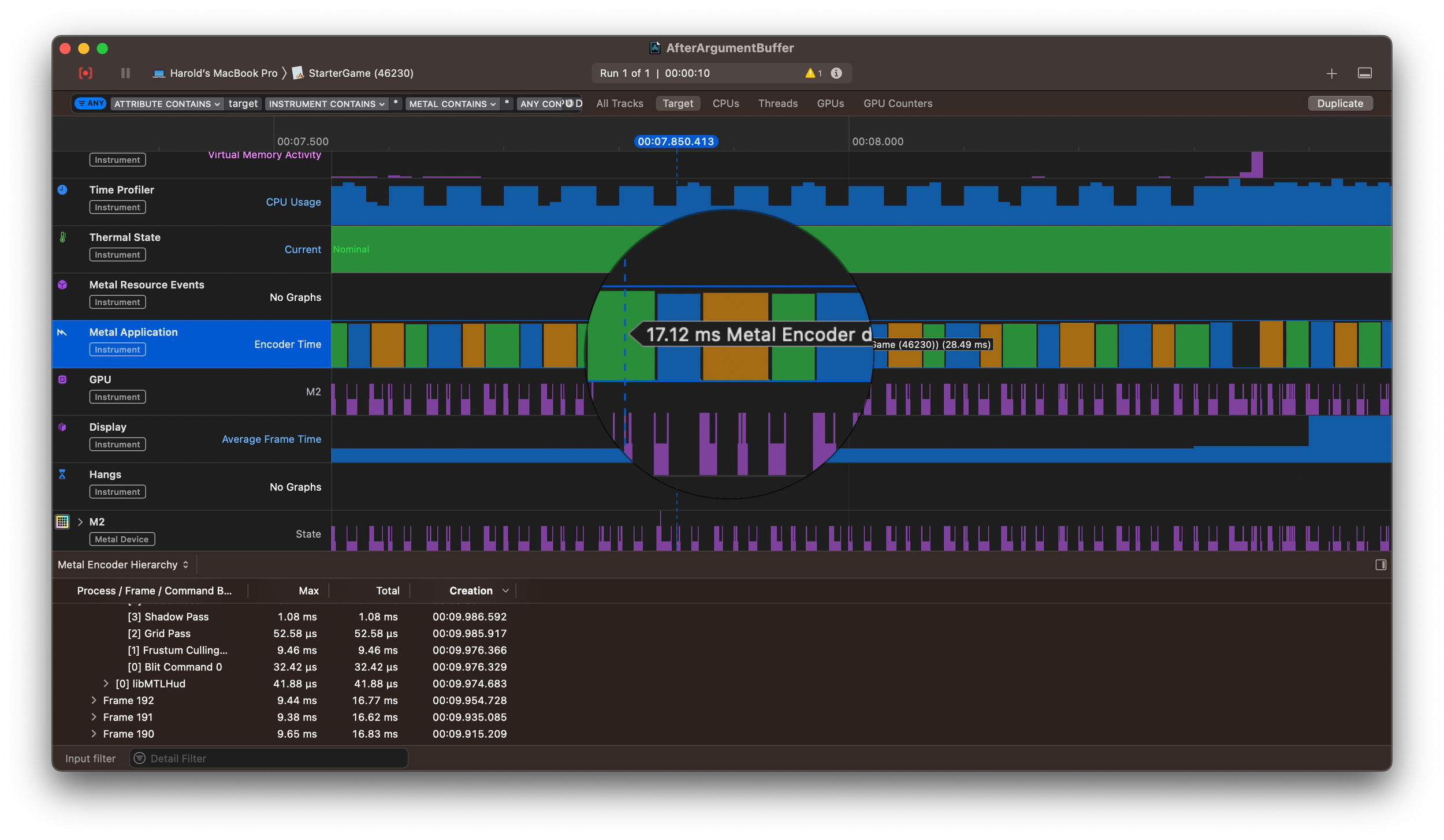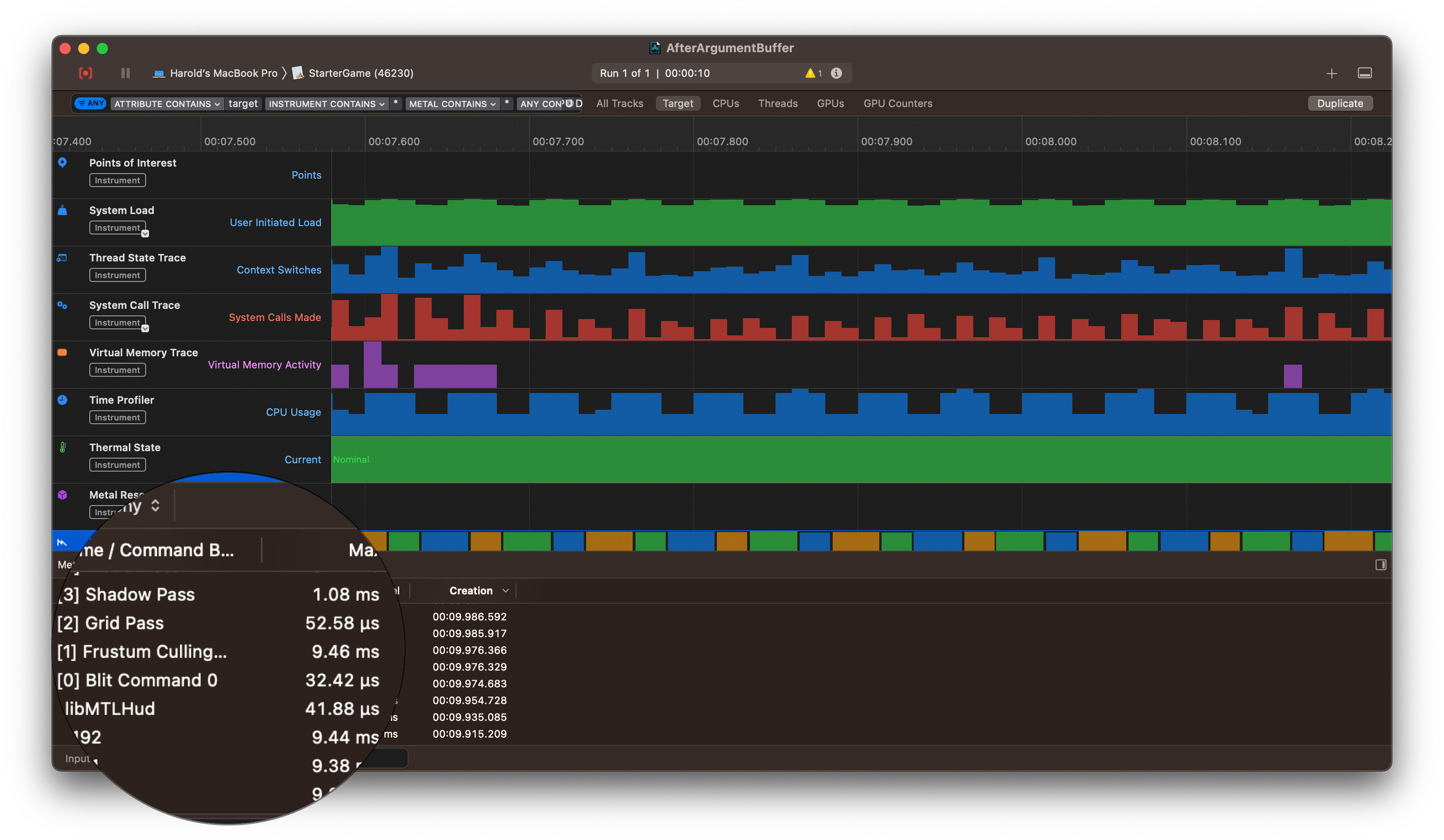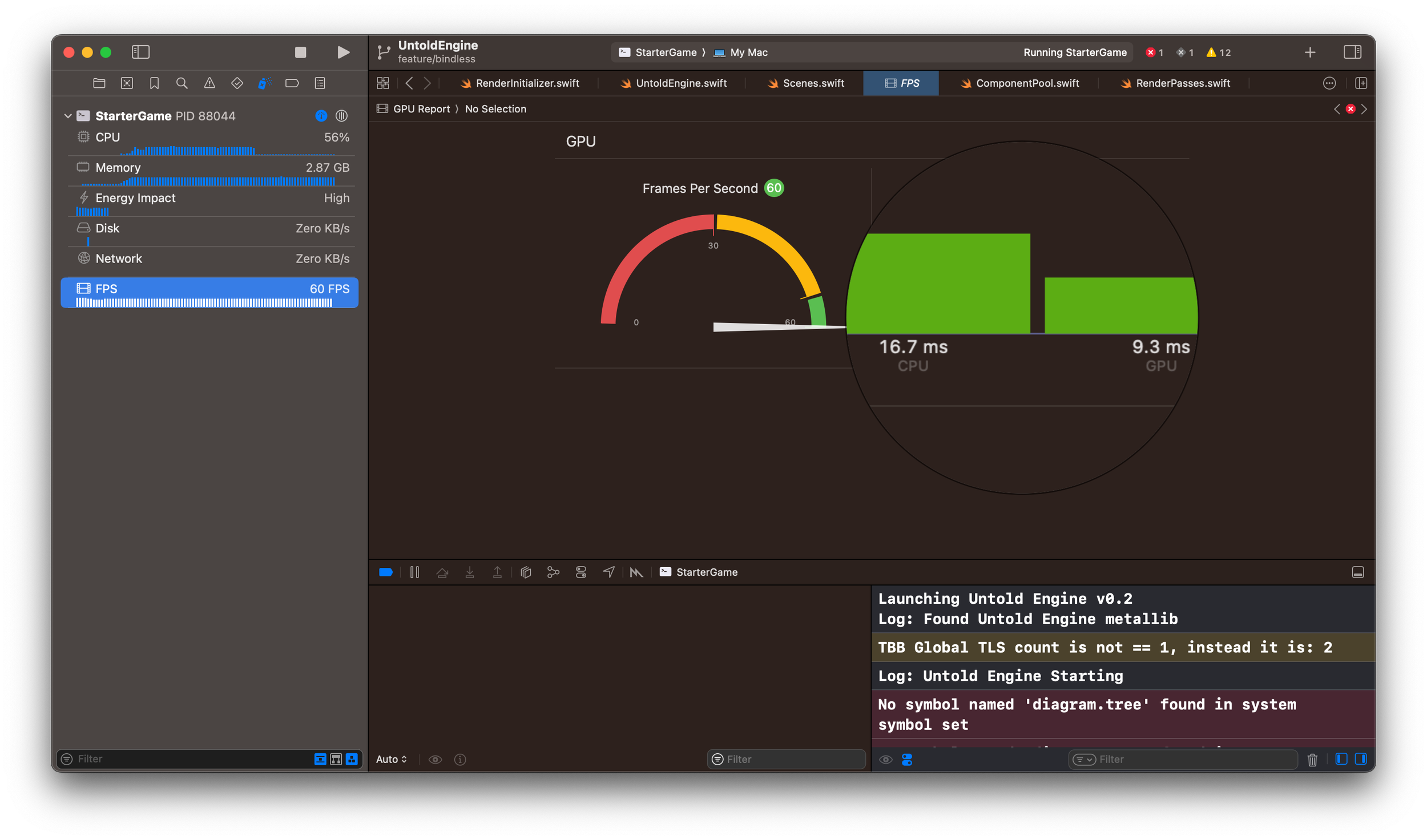It has been a while since my last update, but I’ve been quietly working behind the scenes on several major features. Today, I want to share three big milestones for the Untold Engine.
Gaussian Splats
The first major update is that the Untold Engine now supports Gaussian Splat Rendering. This is a feature I’ve wanted to implement since I first learned about Gaussian Splatting last year. Other priorities kept delaying it, but a few weeks ago I finally had enough time to focus on it—and I got it working.
Gaussian Splats now run inside the Untold Editor, on iOS, in AR, and on the Vision Pro, running directly on the device. This means both 3D models and splats render natively on visionOS hardware, not just the simulator.
There are a few current limitations:
- I’m using Bitonic Sort instead of Radix Sort for depth sorting. Bitonic Sort works, but it is slower for large splat counts. Radix Sort is the long-term goal.
- Spherical Harmonics support is not implemented yet. I’m hoping to add this before the end of the year.
Even with these limitations, this is a major step forward for the engine’s rendering capabilities.
Scripting Support
The engine now supports runtime scripting directly through the Untold Editor.
You can write game logic in Xcode, attach scripts to entities, and instantly see the results while the engine is running. All scripts appear in the Asset Browser, and you can add, link, or reload them with a click. This makes the development workflow smoother and faster.
This feature was long overdue, but I approached it carefully because of past experience integrating scripting languages. Instead of Lua or Python, I built a lightweight DSL (Domain-Specific Language) specifically for the Untold Engine. I used ChatGPT heavily at the beginning to help with the initial structure, and once everything made sense, I took over and customized the system for the engine.
If you see anything that can be improved, please let me know—this is a brand-new system and will evolve with feedback.
Feel free to check out the Scripting Section in the Docs to learn more.
Build System
Another major milestone is the new Build System.
After you set up your scene in the editor and attach scripts, the Untold Engine can now generate a macOS build of your game. The Build System packages your scenes, assets, and scripts and produces an app ready for the App Store. All you need to do is provide a project name and a destination path.
At the moment, the Build System supports macOS only, but iOS and visionOS support is planned.
What’s Next?
I’m currently working on a packaged app bundle for the Untold Engine. The idea is to let developers download a .dmg file and start building games immediately—without cloning the repo or setting up dependencies. Developers who want full control can still clone and build from source.
This bundled version will be called Untold Engine Studio, and it will include everything required: the Untold Engine, the Untold Editor, and all dependencies. My goal is to make the development experience as smooth and accessible as possible.
More updates coming soon. Thanks for following the journey!
